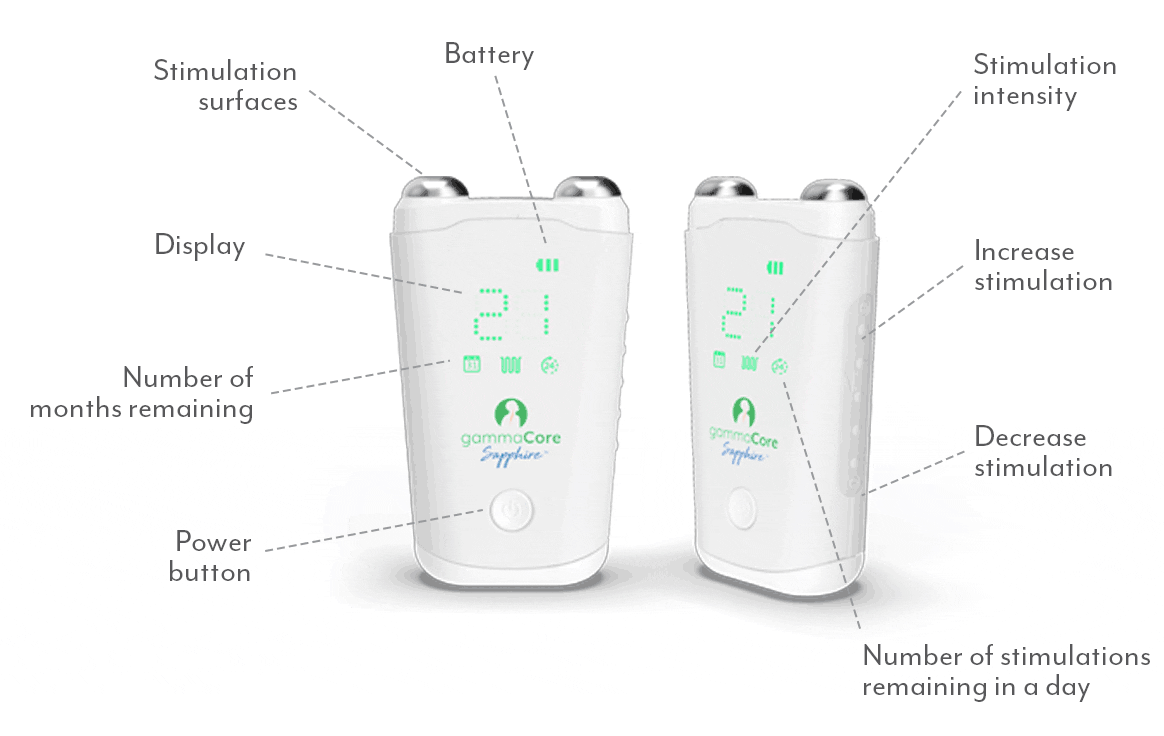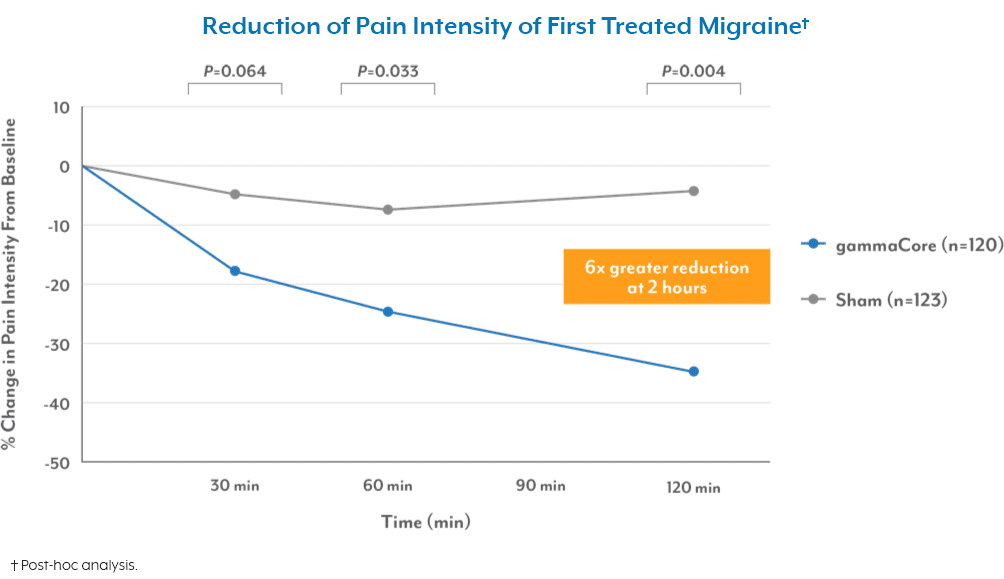
The human body is a complex network of nerves and pathways, each serving a specific purpose. Nerves play a crucial role in virtually every bodily function, from basic motor skills to complex cognitive processes, and are intricately linked to various aspects of physical, mental, and emotional wellness. When it comes to targeting nerves in the body, one of the most common therapies that comes to mind is transcutaneous electrical nerve stimulation (TENS). However, while TENS units have their place in managing certain types of pain, they are not the best option for stimulating the vagus nerve, which is critical when it comes to managing migraine and headache pain. The good news is that there’s a better option.
Understanding the Vagus Nerve
Let’s start by breaking down the vagus nerve and its important role in managing migraine pain. The vagus nerve is like a superhighway that connects the brain to various organs throughout the body, including the heart, lungs, and stomach. It plays a vital role in many essential bodily functions and processes, such as regulating heart rate, blood pressure, digestion, immune response, pain response, and mood. Stimulating the vagus nerve works to block the pain signals associated with migraine in the brain. The vagus nerve is easy to reach non-invasively and the ideal access point is on either side of your neck (the cervical vagus nerve), around 1.3 cm below the skin’s surface.
What Are TENS Units?
TENS units are devices designed to provide temporary pain relief by delivering mild electrical impulses through electrodes placed on the skin. These impulses travel through the nerve fibers to disrupt or block pain signals from reaching the brain.
TENS machines offer a variety of settings that control key variables such as the speed, strength, and duration of electrical pulses. These settings are crucial for achieving desired therapeutic outcomes—different settings can produce vastly different physiological responses. However, the technical details are often not displayed on the machine’s screen, making it challenging for users to adjust them for their specific needs without proper guidance.
Proper placement of the electrode pads is also paramount for optimal results and to avoid adverse effects. Knowing where to place TENS pads for vagus nerve stimulation is crucial; placing the electrodes too close together, for instance, can result in the electrical current jumping between them, causing discomfort or pain. Achieving precise placement can be challenging, but it is essential for effective and safe stimulation.
Why TENS Units Aren’t Ideal for Vagus Nerve Stimulation
The vagus nerve’s complex network and specific functions require a more targeted approach to stimulation than what TENS units can offer. Understanding how to use a TENS machine for vagus nerve stimulation is important, as their primary purpose is pain signal disruption, not stimulation. While TENS units may provide minor stimulation of the vagus nerve when applied to certain areas of the body, they’re not designed for use around the neck and head, where you have many sensitive muscles, nerves, and blood vessels. (Remember, the best access point for the vagus nerve is the side of the neck.) As a result, relying on TENS units for vagus nerve stimulation may not yield optimal results for individuals seeking relief from conditions such as migraine. In fact, applying TENS in these areas without proper guidance could lead to unintended muscle contractions or send the wrong signals to your brain, potentially causing injury.
The other factor to consider is waveforms. TENS machines generate square electrical waves with an immediate transition between high and low voltages. This can make for an uncomfortable treatment experience. gammaCore™ non-invasive vagus nerve stimulator (nVNS), on the other hand, uses a sine wave signal, which flows smoothly without immediate or abrupt changes between voltages. The sine wave allows for a more comfortable and enjoyable treatment.
Finally, there just isn’t enough scientific evidence to support TENS as a safe and reliable method for vagus nerve stimulation. More thorough research on safety and efficacy is needed before we can draw definitive conclusions about using TENS in this context. Conversely, gammaCore nVNS is supported by more than 7 randomized controlled trials, 30+ mechanism of action peer-reviewed papers, and 40+ peer-reviewed clinical papers.
gammaCore: An Effective Solution for Vagus Nerve Stimulation
Given the limitations of TENS units for vagus nerve stimulation, alternative solutions like gammaCore offer a more targeted and effective approach.
gammaCore is the only non-invasive cervical vagus nerve stimulator proven to stimulate the vagus nerve1,2, and has the broadest scope of headache indications for any prescription therapy, drug, or device.3 By optimizing the parameters of stimulation and targeting the vagus nerve directly, gammaCore provides a more tailored and clinically proven solution for migraine and headache relief.
gammaCore can prevent the onset of painful migraine attacks with just two short stimulations every day. It can also be used as needed (up to 24 stimulations a day) to relieve migraine pain quickly and effectively when it strikes.
To see if gammaCore is right for you, visit our clinic finder to locate a health care provider near you, or contact our dedicated Customer Experience team at 888-903-2673 or customerservice@electrocore.com.
References
1. Nonis, R., DʼOstilio, K., Schoenen, J., & Magis, D. (2017). Evidence of activation of vagal afferents by non-invasive vagus nerve stimulation: An electrophysiological study in healthy volunteers. Cephalalgia, 37(13), 1285–1293. https://doi.org/10.1177/0333102417717470
2. Frangos, E., & Komisaruk, B. R. (2017). Access to vagal projections via cutaneous electrical stimulation of the neck: FMRI evidence in healthy humans. Brain Stimulation, 10(1), 19–27. https://doi.org/10.1016/j.brs.2016.10.008
3. Data on file.



